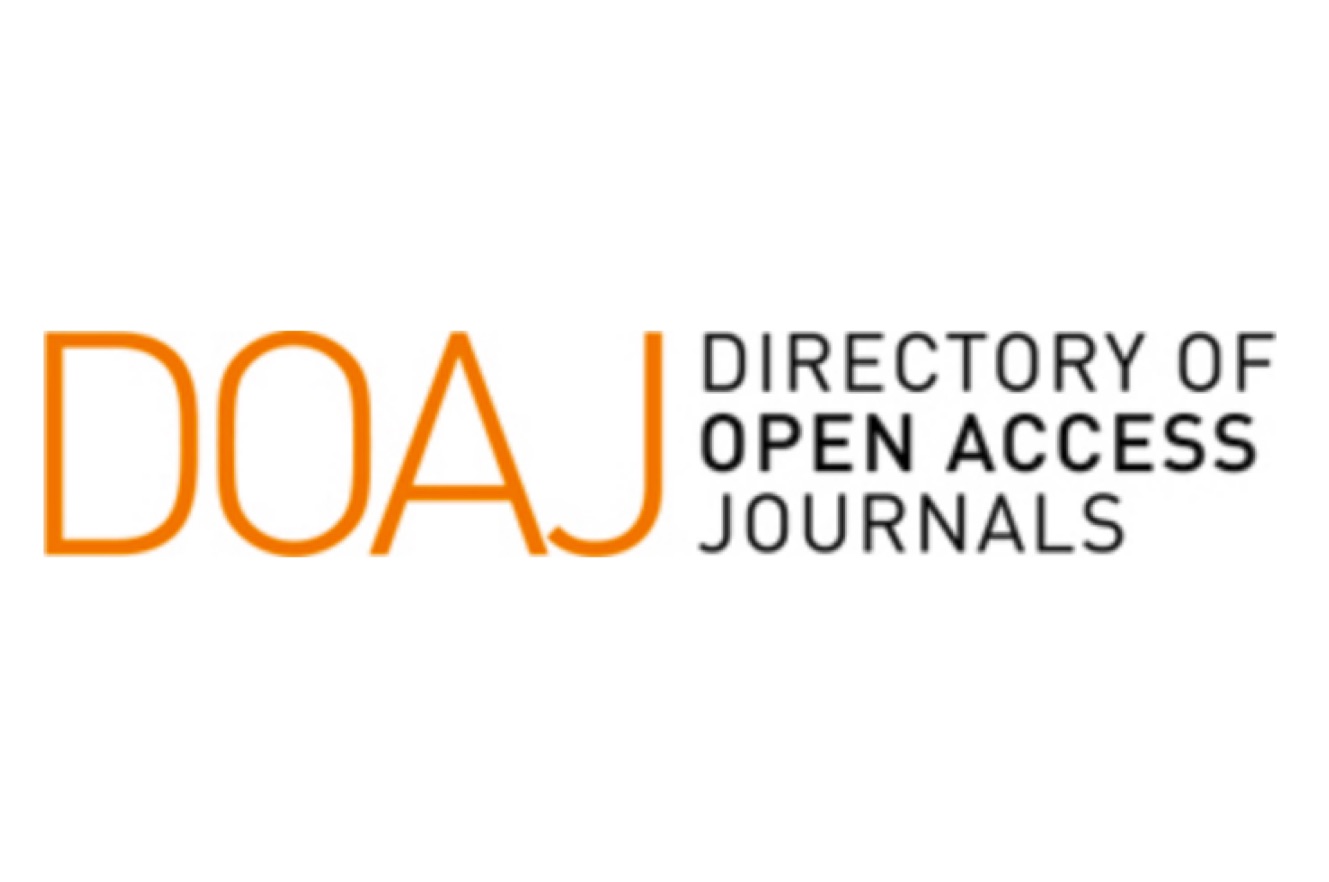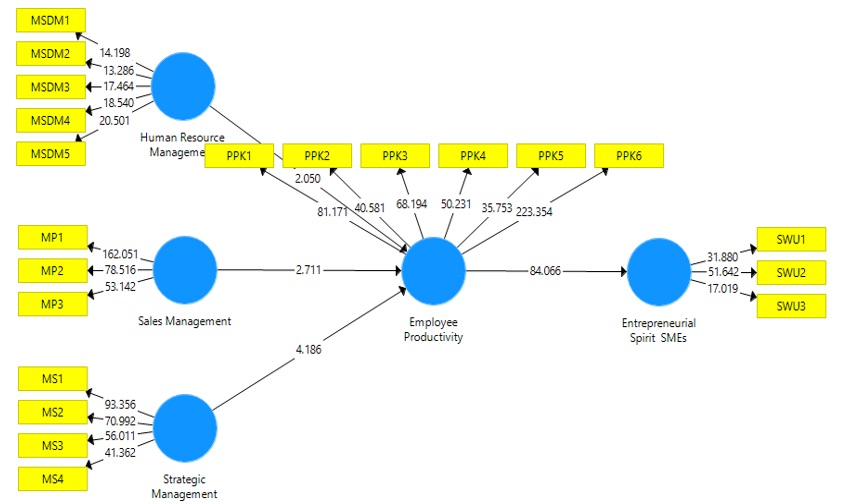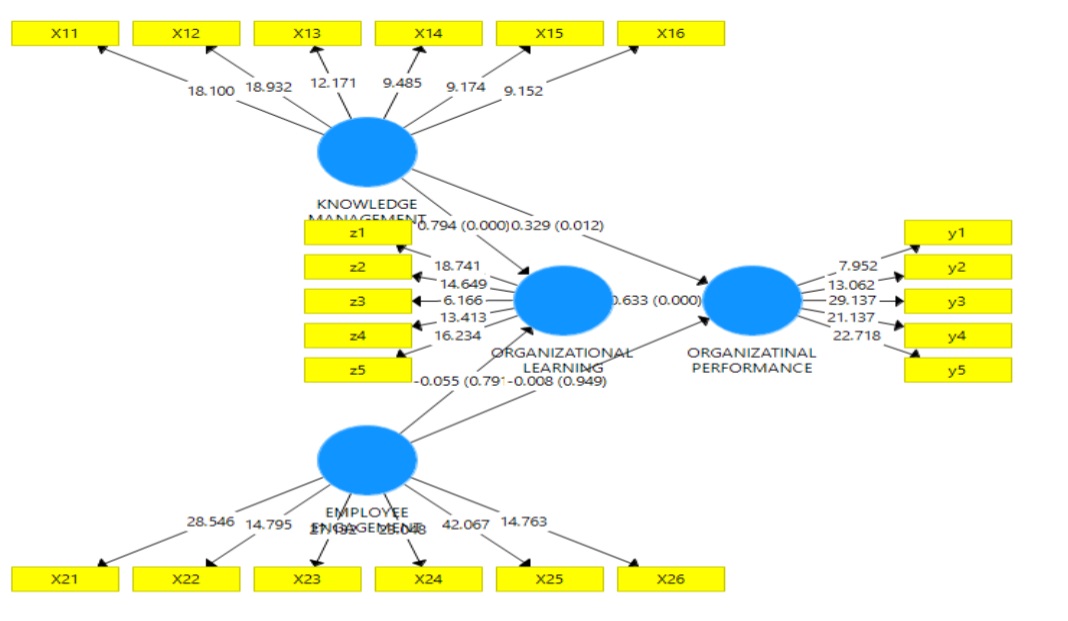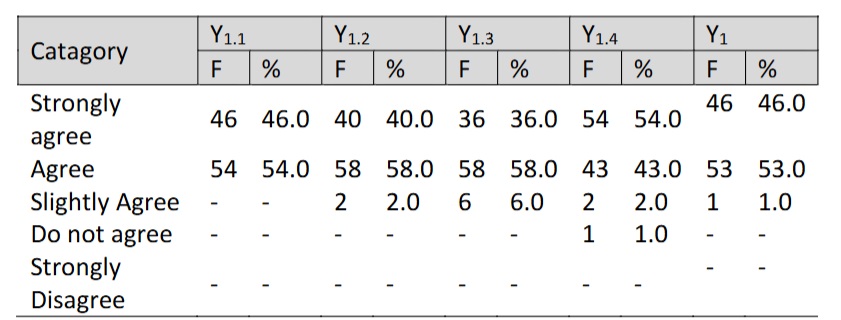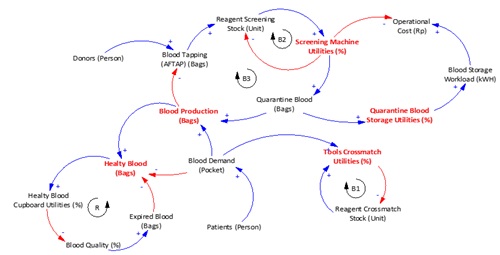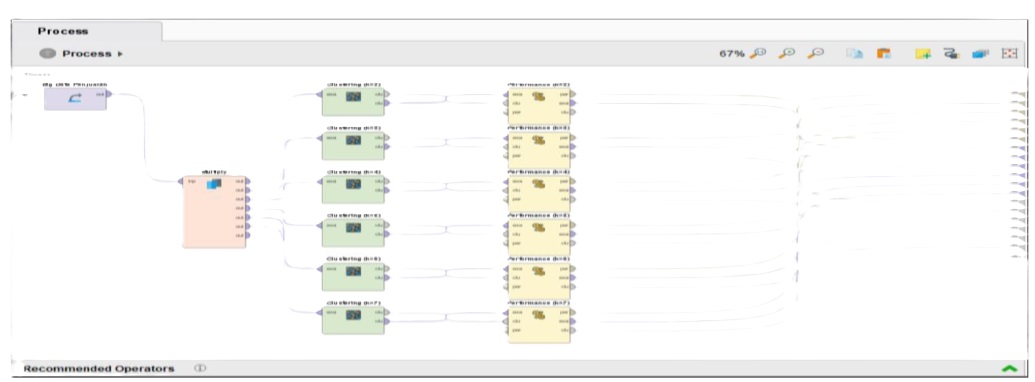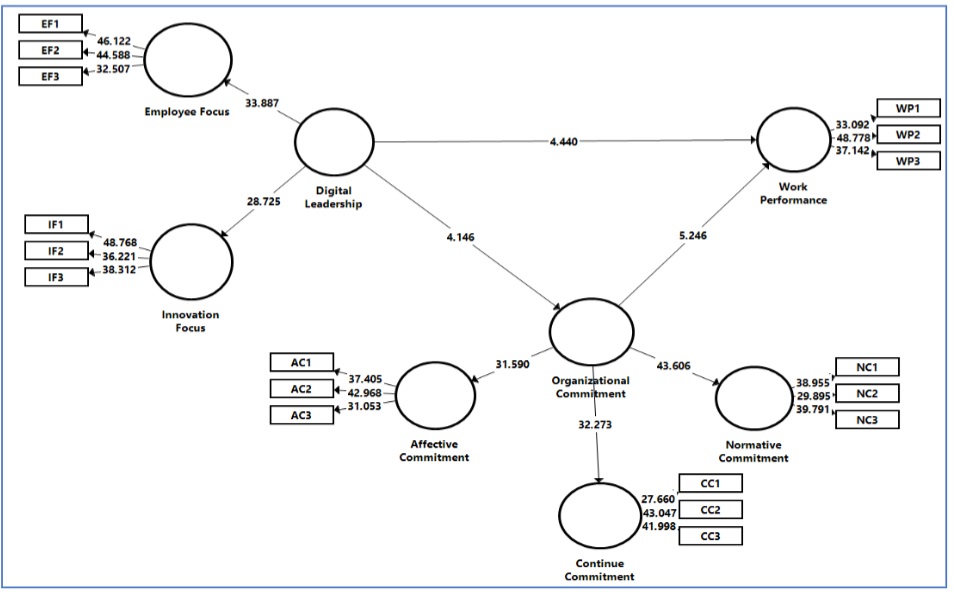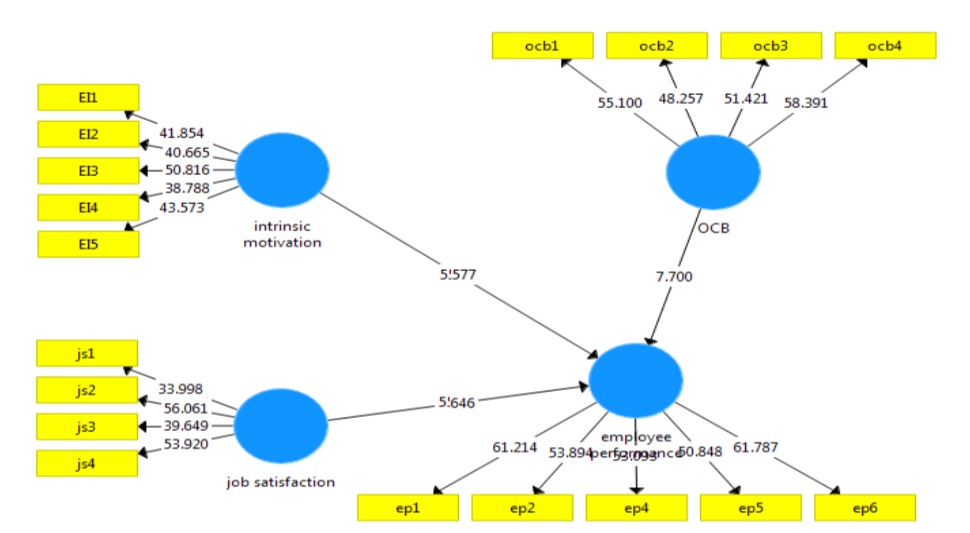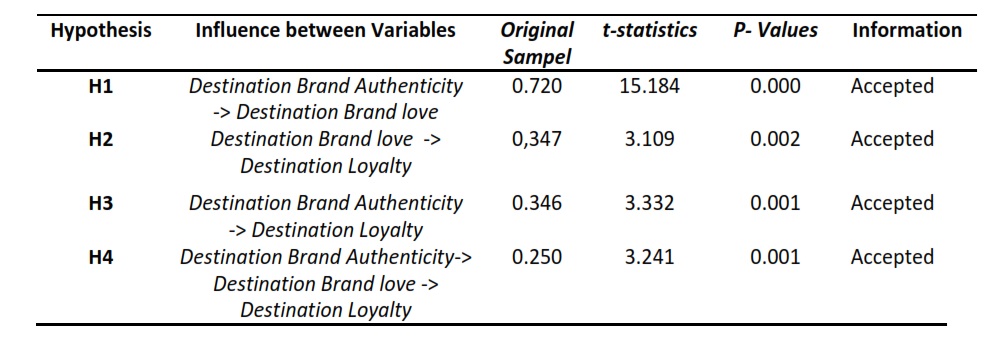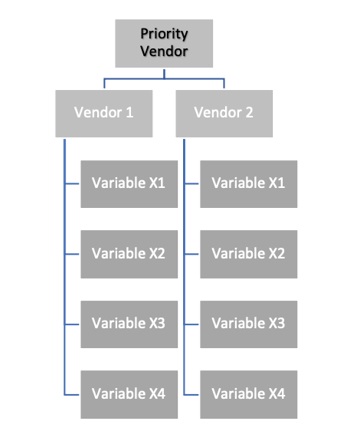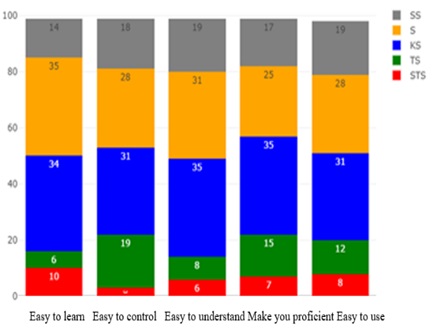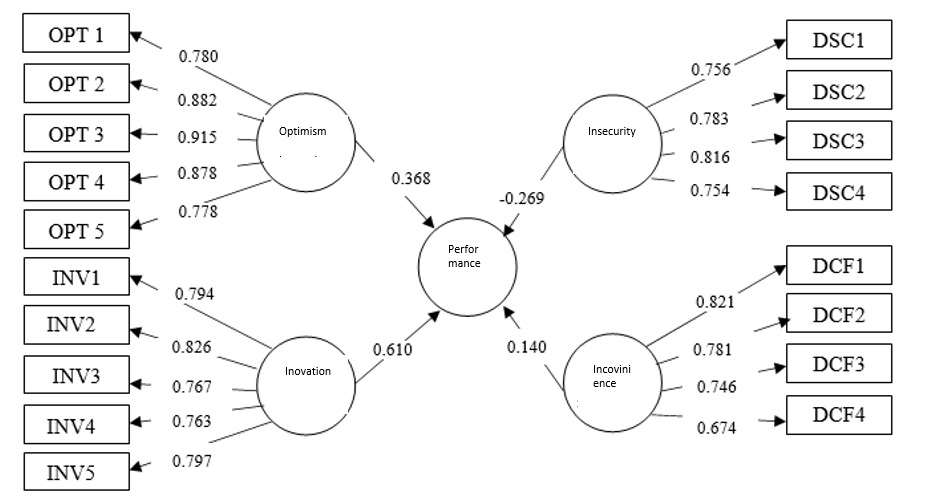PEMILIHAN SUPPLIER BERDASARKAN INDEKS KAPABILITAS DENGAN KARAKTERISTIK TUNGGAL
Downloads
Raw materials is a major requirement in the production process for manufacturing companies. in fulfilling the needs of raw materials for the production process, most manufacturing firms depends on suppliers. Supplier selection is an important part of manufacturing companies. From several supplier selection criteria, quality is one of the important criteria and it used in supplier assessment. Selecting suppliers based on the quality of their products will have a positive impact on manufacturing companies, such as increased profits through reduced operational costs and increased market share. In this study will compare two suppliers at manufacturing companies and choose one that has a higher capability value. The selection of suppliers is made using the yield index of Spk with a single characteristic. Supplier will be selected by comparing the yield ratio of two suppliers. Numerical calculations are performed on suppliers based on pH levels on the leather. The pH level on the leather will affect the color. A low pH may result color degradation earlier, whereas a high pH may result poor color matching.
Downloads
Boyles, (1994). Process capability with asymmetric tolerances, Comm. Statist : Simulation Comput. 23 (3) 615-643.
Chen, (2005). Comparing four lower confidence limits for process yield index Spk, Int. J. Adv. Manuf. Technol. 26(5-6).
Kane, (1986). Process capability indices. Journal of Quality Technology 1986; 18(1):41-52.
Kuo & Lin, (2012). Supplier selection using analytic network process and data envelopment analysis, International Journal of Production Research Vol. 50, No. 11, 2852–2863.
Lee et al., (2002). On The Distribution Of The Estimated Process Yield Index Spk, Qual. Reliab. Engng. Int. 2002; 18: 111-116.
Liao et al., (2012). Fuzzy inference to supplier evaluation and selection based on quality index : a flexible approach, Neural Comput & Applic.
Pearn et al., (2004). Normal Approximation to the Distribution of the Estimated Yield Index Spk, Quality and Quantity 2004; 38(1):95–111.
Pearn et al., (2006). Measuring production yield for processes with multiple quality characteristic, International Journal of Production Research Vol. 44, No. 21, 4649–4661.
Pearn & Cheng, (2007). Estimating process yield based on Spk for multiple samples, International Journal of Production Vol. 45, No. 1, 49-64.
Rezaei & Davoodi, (2012). A joint pricing , lot-sizing , and supplier selection model, International Journal of Production Research Vol. 50, No. 16, 4524–4542.
Weber et al., (1991). Vendor selection criteria and methods, European Journal of Operational Research 50(1991), 2–18.
Wu et al., (2013). Efficient methods for comparing two process yields – strategies on supplier selection, International Journal of Production Research Vol. 51, No. 5, 1587-1602.
JMIL Jurnal Manajemen Industri dan Logistik (Journal of Industrial and Logistics Management) is an Open Access Journal. The authors who publish the manuscript in JMIL Jurnal Manajemen Industri dan Logistik agree to the following terms:

JMIL Jurnal Manajemen Industri dan Logistik is licensed under a Creative Commons Attribution 4.0 International License. This permits anyone to copy, redistribute, remix, transmit and adapt the work provided the original work and source is appropriately cited.
This means:
(1) Under the CC-BY license, authors retain ownership of the copyright for their article, but authors grant others permission to use the content of publications in JMIL Jurnal Manajemen Industri dan Logistik in whole or in part provided that the original work is properly cited. Users (redistributors) of JMIL Jurnal Manajemen Industri dan Logistik are required to cite the original source, including the author's names, JMIL Jurnal Manajemen Industri dan Logistik as the initial source of publication, year of publication, volume number, issue, and Digital Object Identifier (DOI); (2) Authors grant JMIL Jurnal Manajemen Industri dan Logistik the right of first publication. Although authors remain the copyright owner.















